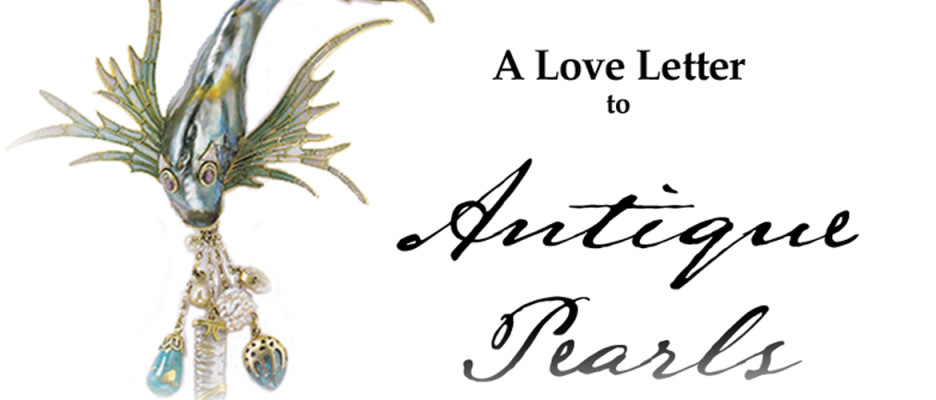
Above: Bodice ornament, gold with enamel, turquoise, abalone pearl and mother-of-pearl. George Fouquet. Paris c1900-1.Photo by Rudiger Floter © ADAGP, Paris and DACS, London 2013
On December 14, 2011, in the auction, Collection of Elizabeth Taylor Jewelry at Christie’s New York, a René Lalique Art Nouveau brooch with a pre-auction estimate of $40,000 – $60,000 sold at $566,500.00, 10 times the estimate.

Gift of Richard Burton to Elizabeth Taylor. Art Nouveau Glass, Enamel and Pearl Brooch, Rene Lalique, Circa 1910.
“Richard loved this because it is a rare antique and has a hypnotic quality. It’s an amazingly magical piece.”
By any measure– star power , provenance, quality–the Lalique piece has them all. Richard Burton, the most famous among the 8 husbands of Elizabeth Taylor, gave this to Elizabeth. A history buff, Richard loved acquiring pieces that were not only beautiful, but historically important.
We all know about the legendary Elizabeth Taylor but here is a closer look at René Lalique and the Art Nouveau period.
III. The Art Nouveau Period. This design movement emerged in fin de siècle Paris, during the final years of Queen Victoria’s reign, and peaked at the Paris Exposition Universelle in 1900. This movement resulted from a revolt against the rigid styles of the previously mass-produced goods brought on by the industrial age. Jewellery pieces from this period are treasured for their original design rather than intrinsic value.
Among its leading exponents in France were George Fouquet (see above featured piece) and of course, René Lalique. Without doubt, Lalique is the most important jeweller in this period. His work and art embodied the spirit and all that Art Nouveau was.
Lalique’s work epitomized the view that value lay in the designer’s vision and the craftsman’s skill rather than in the size of the gemstones. Throughout the nineteenth century, semi-precious stones and other unique materials were not considered to be of any value when used in jewellery. But by using them, Lalique grounded a new value on jewellery that was based on an artistic idea rather than on the idea of wealth.
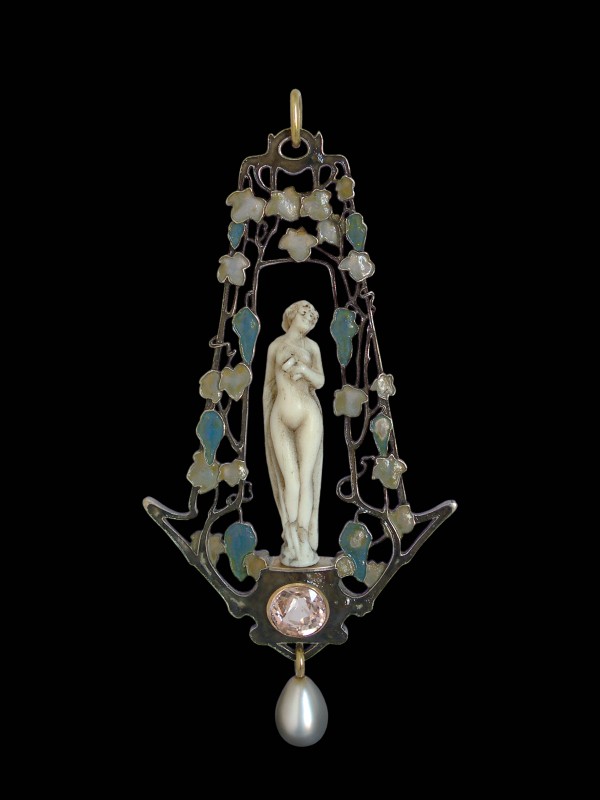
René Lalique, Pendentif Bacchante vers 1900-02 (c)
Musee Lalique – Courtesy of S. Bandmann/R. Ooi
He often used PEARLS as highlights and finishing elements of his jewellery pieces. His jewellery featured free-flowing, curving lines with asymmetrical natural motifs, such as human, female faces, greatly influenced by Japanese art. The use of the nude feminine figure became Lalique’s trademark, which was widely copied.
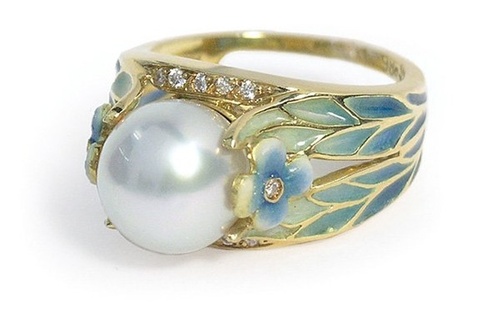
René Lalique, Ring in Gold, Enamel, and a Pearl, Paris. Musee des Arts Decoratifs.
On this ring, he combined his use of natural world color enamels with a PEARL–with its luster and iridescent chromatism. His choice of materials depended on the effects of changing color of materials when subjected to different qualities of light. The use of enamels to achieve certain shades, textures and colors is a quintessential key element that featured strongly in the period.
- René Lalique, Broche Deux Cygnes vers 1900, (c)
Photo: Studio Y. Langlois – Musée Lalique – Courtesy of S. Bandmann/R. Ooi
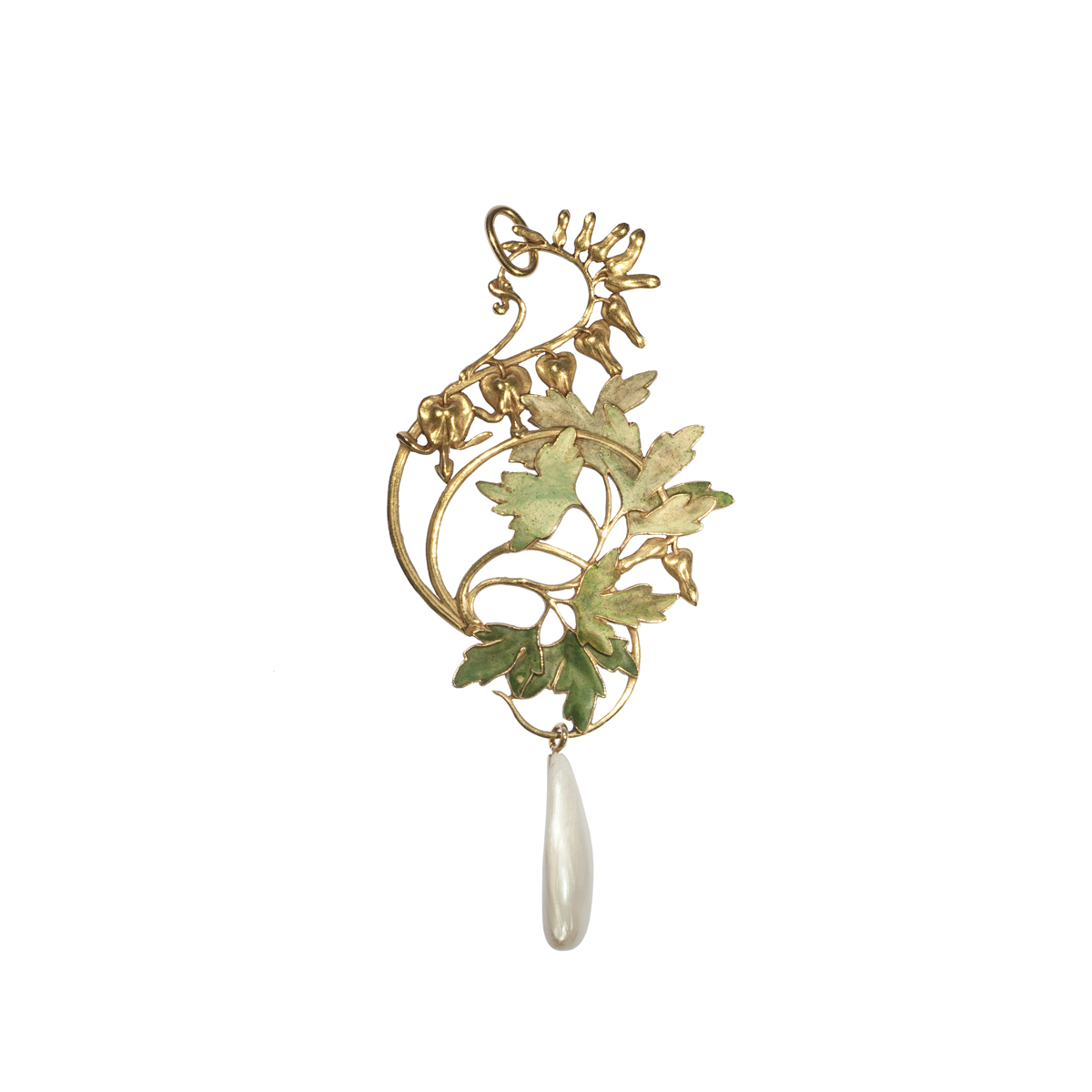
René Lalique, Pendentif Glycines, Cœurs de Marie, vers 1897-99 (c)
Photo: Musée Lalique – Courtesy of S. Bandmann/R. Ooi
Baroque PEARLS, pearls with irregular but interesting shapes, were preferred. Floral ornaments and botanical designs were very typical. The most famous design element was the whiplash line–an asymmetrical, sinuous curve that looks like the cracking of a whip. Many consider this period of jewellery to be akin more to fine art than traditional jewellery.
The Art Nouveau movement drew to a close with the onset of war in Europe. It existed for a brief moment but its spirit of experimentation continues to live on today. For every jeweller who is not afraid to take risks with his art–his choice of materials, techniques, ideas, he can always look back at the Art Nouveau period and its makers for inspiration as they bravely showed the way.
To be continued …
Photographs courtesy of Musee Lalique and V & A Museum.
Read ESTATE PEARL JEWELLERY PART 1
Tags: popular
4 Response to The “Estate Pearl Jewellery (Part 2)”
Comments are closed.

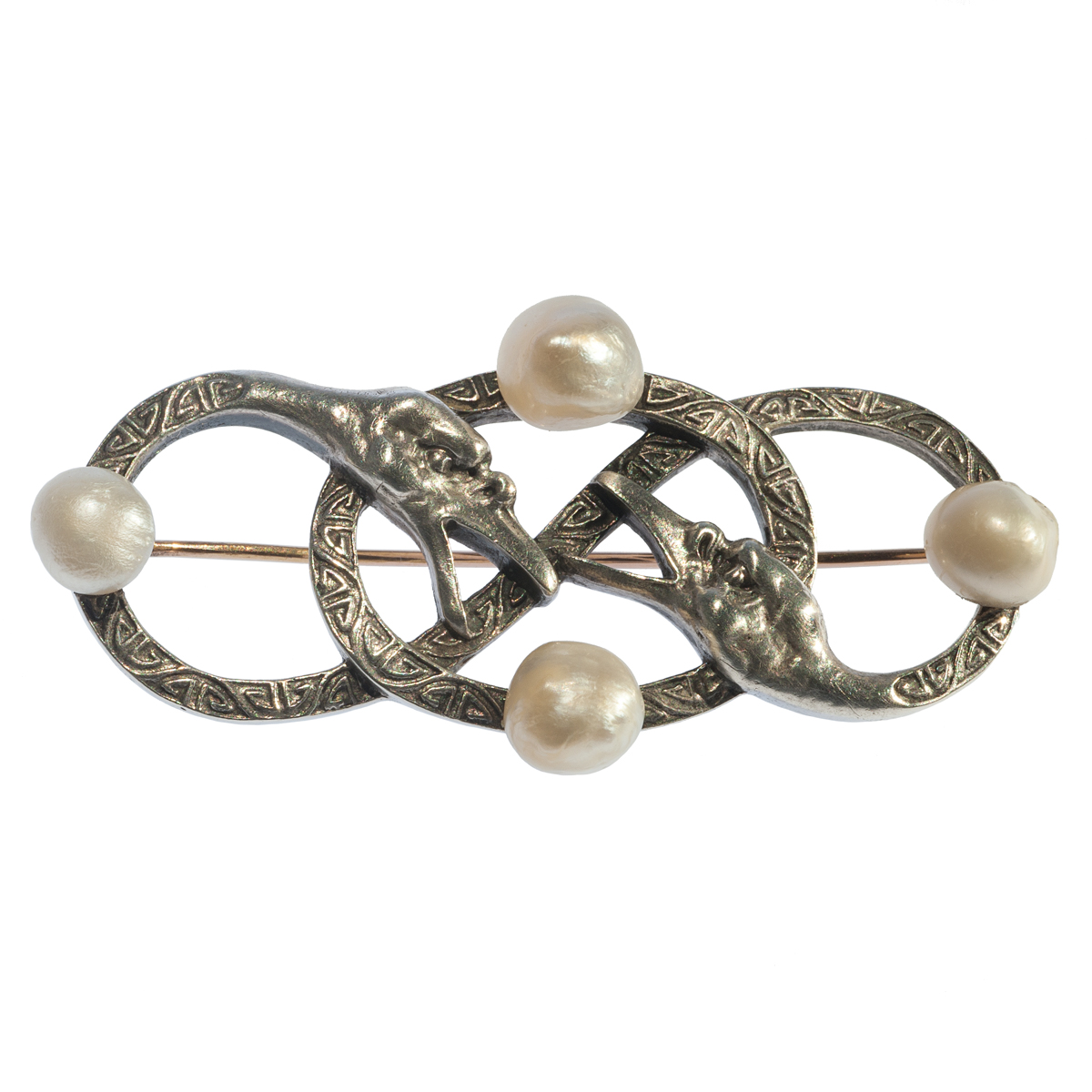
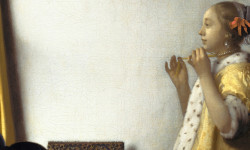
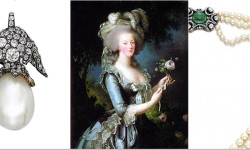
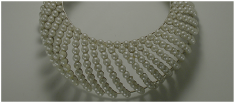
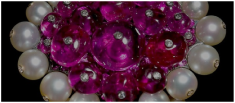
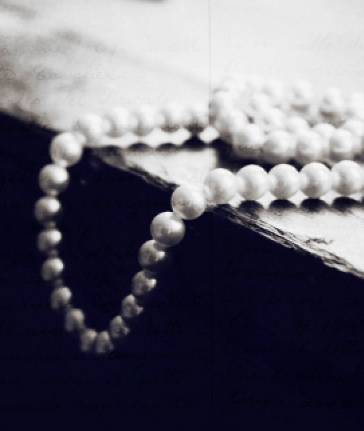
[…] Read more… […]
The most important material used during the Art Nouveau period was enamel! Techniques for plique à jour were perfected during this time. This technique produces an effect like stained glass windows. It is similar to cloisonne, except it is done with transparent or translucent enamels without a backing. Plique à jour was known to Byzantine craftsman as early as the 6th Century AD but it had become a lost art. Extensive experiments were carried on in France in the second half of the 19th Century to recreate this technique. Champleve and basse taille engraving techniques were also commonly incorporated into designs.
Thank you for sharing plique à jour, the enamelling technique. Much appreciated!
This is really an awesome piece of work. Pearl jewellery is back in trend and people are damn crazy about such kind of unique jewellery in the market and this is the reason why this jewellery was sold at 10 times high above the estimation. Lalique’s work in 19th century gave a inspiration to designers that there is a chance to make a designer jewellery with semi precious stones.